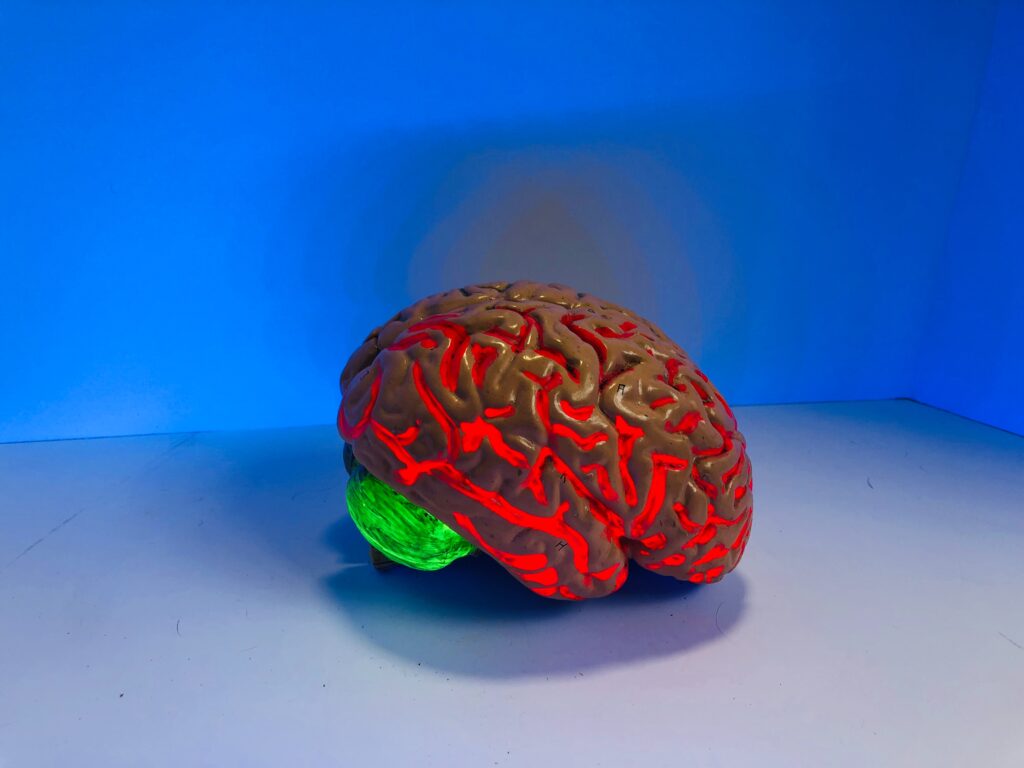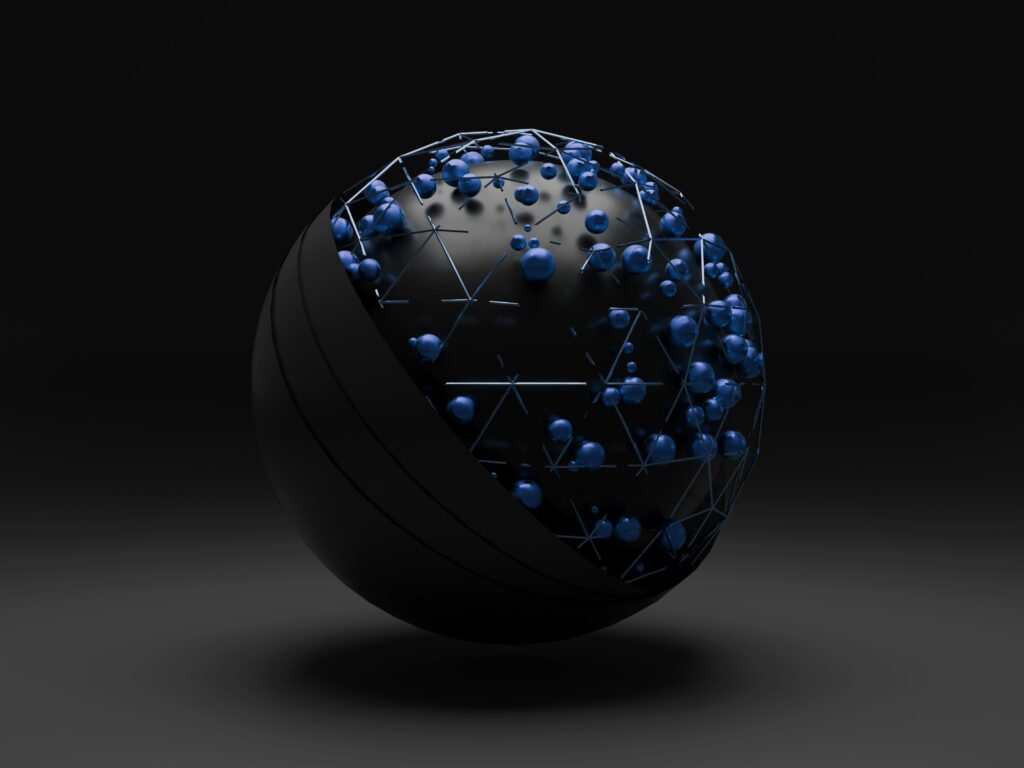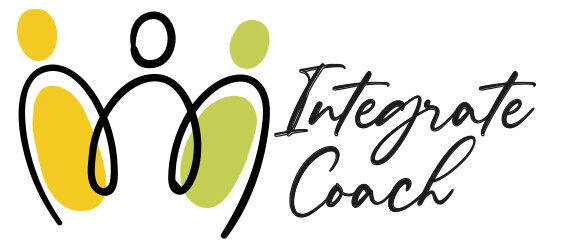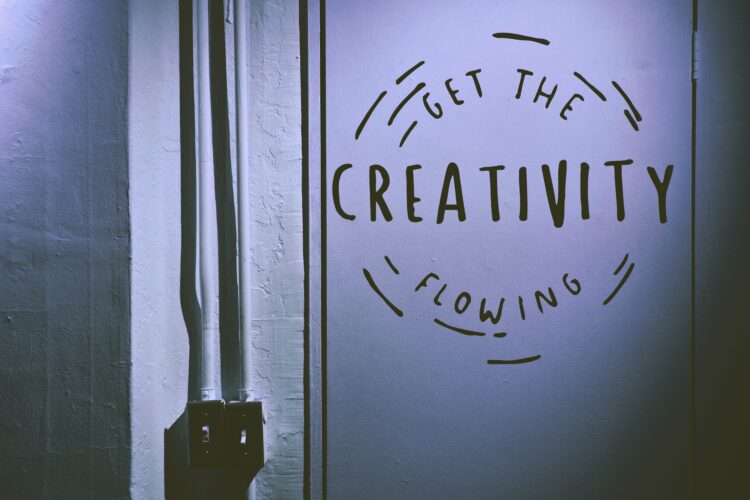Introduction
Creativity is the lens through which we must see the world. It is what sets apart the genius from the ordinary. And come to think about it, when we look all around, what do we see? Marvel, Wonder and Genius ~ Creativity at its best.
The world and its beauty, people and their minds, talent unveiled, and the genius unleashed. It is all around us and we can experience it through our senses. Creativity that we experience on the outside, is the outcome of that which was first on the inside. With a mind that can conceive it, and a heart that believes in it, nothing is beyond reach.
What is creativity and how would you know someone is creative? For instance, is it be a piece of art that draws the interest of so many. Music unheard of, voices enchanting, drowning in a sea of mesmerisation? Is creativity defined by the act of doing something unimagined and something unique. Similarly, something so surreal even nature’s mind cannot conceive.
In this article, I want to help you discover the truths about creativity. I will bring to light certain myths and some ways in which you can rise above it all. And It is to create an awareness and celebrate the genius that is YOU. I want to help you change your perspective on your perspective. If you feel you lack creativity, then this will surely help you. It will also be a great place to begin, to know more about yourself.
The ‘BEST’ news you can hear today is that creativity is not for a select few. It is for all, if you are willing to take steps towards it. Creativity is the path that has enabled humans to survive and thrive for all ages. It is an innate quality we possess. Nothing can take that right from you, as long you do not deny yourself that privilege.
Neuroscience has made remarkable strides in this very field. It must be a sleeping giant brought to life. A masterpiece of any form is creativity at its best to both creator and the object created. Therefore, a general definition of creativity has two parts to it – Firstly, it reflects a capacity to generate ideas that are original and unique in some way. And Secondly, it must be effective within any specific context.

Creativity: The New Skill
In the age that is NOW, creativity will be a necessity for everyone, and it will be a key skill and talent for individuals. In addition, the pressure seems to mount in the digital age, where technology is so intertwined with humans. Where the computational power of machines is no longer exaggerated. Information and access to it is reduced to anyone who has access to the networked resources.
Therefore, “Information is power,” is no longer the value it once had. Creativity must scale up, in terms of adaptive performance, alienating the ordinary to excel in the realm of the extraordinaire. Creativity must be such, that your influence is far reaching. It is the new currency, expected and accepted world over.
What stands out as being Creative? Psychologists who study creativity closely, call the big scale performers or the large-scale recognizable faces and their creativity as the Big C- creativity. What about it on a smaller scale? Those who expend creativity daily, using it for functional purposes, or forming new ideas or even a daily to do list with a twist. Therefore, what all of it comes down to in other words is – How does creativity work? and what makes some more creative than others?
Read Shelly Carson’s book to learn more on the power of creativity and how it can influence your everyday. The choices you make with relations, emotions, the power of transformation with training your creative mind.

The Mighty Brain and Creativity
The human brain has a staggering 86 billion neurons that enable us to do our daily tasks and nudge us towards creativity. The complex wiring and continuous firing of these neurons assist in this very task. And the brain is curious, restless and in an ever seeking mode to find something that is worth exploring.
This has led us to innovate and create. There are no individual parts of the brain that can be pinpointed specifically for creativity. But there are several parts of the brain that works in tandem to create the Genius that we are and can further become.. Creativity involves specific brain activation which can be reached by the conscious mind and continuous practice.
Myth Busted: The left-brain Vs the right-brain in creativity
Those with the left brain being more dominant are more logical, serious, analytical and therefore not very creative, as opposed to those who are right brained and more creatively inclined. This is far from the truth, as creativity requires many parts of the brain to work together to create almost a beautiful, synchronised dance pattern leading up to creativity at its best. While this concept is still accepted at large, it remains to be in truth, a myth.
Myth Busted: Creativity is for a select few
We get creative daily. We use creativity to solve problems and overcome challenges. The next time you are stuck with something, view yourself from a third person’s perspective and notice how you creatively solve the challenge at hand. Are you creative in cleaning, driving, playing, cooking?
You may not have the creative genius of some people in some areas. For example: you may not know how to play a musical instrument, but you are awesome in sports. You may not be a master at vocal conversations, but you can communicate effectively and creatively. You may not be a celebrity, but you have a fan following with the creative sense to solve issues at hand. These and much more, some seen and some experienced, sets you apart as being creative.
We are all creative beings and we must embrace it.
Myth Busted: Creativity is age based
While it is true that somethings learned early on in life may be better and long lasting. It does not always have to be the case though. There are many creative aspects that can be learned and practiced at a later stage in life too. It is essential to have a clear goal in mind with the area of creativity you can venture out into. We may be equally great at two different things, but it is important to know which one will guide you creatively. You do not want to be “the jack of all trades and master of none.” Painting and Dancing are you strong points on the creative chart. But the one that serves your purpose must be the one you choose.
What you have to offer is crucial as opposed to the age you have to offer it at. Many detractors will choose to believe that age is what makes all the difference, I believe otherwise. Many have “hidden gems” of creativity which flourishes only in adulthood.
Technology, is a large part of the creative world and uncharted waters, now seem too obvious. Generational gap is a thing of the past. No one really believes it any more now. Technology has accelerated with its pros and cons, a global world in the palm of our hands. Those on the other side of adolescence and teenage years, if, genuinely eager can cross the technological barrier and succeed creatively.
What sets one apart creatively, is not any one of the above (not an exhaustive list) but a combination of all of it. We must explore the horizons of creativity, breaking the barriers of stereotype, and embarking on a journey of success. Without it the world would be a boring place to live in.
We must never stop learning or growing. Cease the opportunity while it is in the offering, a daily growth and pursuit of excellence creatively. What are the creative channels? Where does all this genius within us come out from?

Channels of Creativity
Creativity draws on three specific brain networks.
- The Executive Brain Network, also called as the Executive Attention Network. This part of the brain holds information of how we interact with the world, creates lasting strategies to work with. It discourages one to make first choices as obvious ones, thus, leaving room for creativity to be explored.
- The Default Brain Network, one that looks within oneself, exploring goals for the future, gathering concrete responses to others within their worldview etc.
- The Salience Brain Network, the network connecting that which is important, interesting, worth taking a note of.
We must plunge deep into the waters of creativity; with the raw materials, we have to draw out of. The vast array of talents, the continuous working of the creative brain and the collective intelligences of those around. They must spur us towards searching for more, not mere groping in the dark. Our bearings must guide us in the right direction. The Gut Brain is crucial to creativity – the knowing of just knowing something is worth trying and worth the risk even to attempt it.

New Meaning of Creativity:
Brain and Creativity is a large field to explore, and the task of this blog is not to uncover all of it. However, that which is crucial to understand and on a more personal, yet deeper level, experienced. Allow me to present to you couple of ways by which creativity and its associations with our brains can take on a new meaning. Even so heighten creativity personally:
- BE WILLING TO TAKE RISKS
Creativity and Risk are inseparable. Creative people are often risk takers. They thrive on it and are elated when it pays off. While most people prefer living in the safe zone, creative people are not satisfied. Every major playing field has had its own share of players who fought against their beliefs. Those of being safe versus taking risks even when it wasn’t the norm.
People in general prefer staying in the safety zone to say the least. Creativity flows out of the adrenaline that seeps through risks. It is the desire to tread on uncommon ground. To explore unseen aspects in various fields. The longing to be the best. This and much more drives the intensity to reach new heights. Even if the risk does not pay off, it remains a lesson learned and worth the try.
Watch yourself closely and consider the next step you are willing to take. Is it in the risk zone or safety? However, there is nothing wrong in playing it safe and still living the life you intend to live. Yet, to be creative, risk is a major booster, and it will pay dividends if you stay the course.
course and not give up. It holds to two differing viewpoints: to face the Giant or to slay it. The giant of mediocrity, laziness, comfort, satisfaction versus excellence, hard work, intentional and a yearning not easily satisfied.
2. LEAVE ROOM FOR IMAGINATIONS
A busy mind is not equivalent to an imaginative one. The brain is wired to accommodate imaginations. They are multi-faceted and incur surprises even the most creative would have never imagined. The scope of imaginations may accomplish for the person generating those thoughts, a new plane of creativity. We can associate it with thinking things that do not exist, yet one that can be applied.
Einstein said, “Imagination is more important than knowledge.”
Albert Einstein
It is the door to possibilities.
Imaginations and creativity can be a linear process, parallel or even overlapping. It is an area we must never neglect. Where your mind can take you, follow it through. You never know what can come out of it. Leaving enough room for imaginations to take over, and ideating over it can break the glass ceiling. It may be something that can revolutionize the world for the better.
It is a lightning moment that can spark enough power to bring the brain alive. Ideas born in the womb of imaginations. It is not the mighty or the brave who always win, many times it is the imaginative.
Imagination = Creativity – Imagination Matters
3. PRACTICE WITH INTENT
Neuroscience has made progress with its it’s studies on Neuroplasticity. While we agree that there are many things you can master in the formative years. Yet, there are things that you can develop or fine tune at a later stage in life.
It is the magnificence of the brain that leaves room for such changes. One can learn a new language at any point if they practice long enough. You can learn and master a new sport if you practice hard and with discipline. You can become a prolific writer if you keep writing and rewriting, learning, and growing.
The perfect blend of practice and the connection of the brain directs one to creativity.
Practice is the aspect of applying the learned into actions. The intent to whatever you do lies at the heart of it all. No one practices diligently unless they look to accomplish something.
Deep practice is the path followed by those who work to develop expertise and mastery in their field. It takes practice to the edge of your abilities. And when you are there, you make mistakes and face challenges, but then you must practice a little more. This continuous practice hones your skillset and abilities to shape and transform your creativity.
Daniel Coyle, the author of The Talent Code says, “operating at the edges of your ability, where you make mistakes — makes you smarter.”
Why does making mistakes make you smarter?
The answer is neurological. Myelin is a neural substance that wraps layers of insulation around the neural circuit, each layer adding a bit more to improve actions and thoughts surrounding the action performed. Each time you make a mistake, it is not a lost cause and one that only strengthens it.
Myelin grows through struggle and pushing yourself beyond your safe zone.
You want to be a creative genius. Practice with intent. Do not give up. The firing and wiring inside of your head are powerful. Unseen, yet deadly. It needs the opportunity to form and grow. A German proverb states, “You will become clever through your mistakes.” Your mistakes are your building blocks.
Anything done with intention produces results.
4. LEARN, UNLEARN, RELEARN
Learning is a Process, so is Unlearning and Relearning.
You can never become creative overnight, it is a long journey. It is one filled with mysteries, surprises and some even predictable. This is the beauty of embarking on a journey towards becoming a creative genius.
It is not the destination that always matters, but the experience along the journey.
While your journey may look different from that of the next person. Yet, that is what makes it exciting. The challenge therefore is are we willing to learn, unlearn, and relearn? This changes our outlook to life. What difference would it really make if all we were ever doing is compete and beat the next person. Where is my growth in that? I can make a choice to either have myself as my competitor or find someone else to compete with.
I do agree that having someone to compete with, in a healthy manner is not all wrong. It may be a catalyst to your motivation. It can create awareness and a disciplined life. This may not be entirely wrong yet think with me for a moment – What happens when I get better than my competition, what then?
Would you then have room for improvement, or will you look for someone else to challenge and overcome and this becomes an endless cycle of ‘find and beat’.
We all need disruptions in our life. A jolt to keep us awake to the reality.
The benefits of having yourself as your own competition are many. If you can create an awareness of your strengths, weakness, opportunities and threats (SWOT). An analysis invented in the 1960’s by Albert Humprey that proposes a model to bring accountability and objectivity to the planning process.
What is a SWOT Analysis | Lucidchart
While this analysis is used mainly in management circles, it has a similar impact when used on self. It is primarily an eye opener and a great medium to expand your awareness. This model along with the Johari window (Understanding the Johari Window model – Self Awareness) can enhance your chances for success and so help you towards creativity.
“The illiterate of the 21st century will not be those who cannot read and write, but those who cannot learn, unlearn and relearn.”
Alwin Toffler
- Learn: Definition: gain or acquire knowledge of or skill in (something) by study, experience, or being taught.
To possess a desire to learn is gratifying. It builds the muscles of the brain. In the process of learning we gather data (for whatever purpose it serves us). Not all data is significant, or accurate. The process of learning does not end here. We prepare our mind to separate the kernel from the cob, the wheat from the chaff. We must work at a pace that suits our learning. Our mind can hold about 2-3 thoughts at any one time (it is debatable) and about 6,000 thoughts day.
The question is how many of these thoughts are generated through the process of learning. The more we choose to dwell on learned thoughts, the greater will be the effect it brings.
With that being said, we must leave enough room to find alternatives. When what we have learned is challenged with facts, we must be willing to change our stance. In this we also find a learning curve. A skill to master.
- Unlearn: Definition: discard (something learned, especially a bad habit or false or outdated information) from one’s memory.
This process is calling time out when you need it the most. It is changing your perspective, previous held beliefs or even something already learned. The unlearn process is fluid, quickly transforming into something new. To be in this state is to plunge into a world of endless possibilities.
- Relearn: Definition: learn (something) again.
Relearning, is the scope available to remove those things that you believed once to be true. And In its place you apply a truth that has come with greater learning and a deeper insight.
Creativity can be deep and meaningful to the individual and to others at large. And it all depends on how we choose to eliminate the not so important with that which is critical to growth and development.
“Knowledge is learned, Wisdom is lived.”
“to attain knowledge, add things every day. To attain wisdom, remove things every day.
Lao Tzu
Conclusion:
Find what you are passionate about. Keep practicing what is important to you and never give up. However, you may find moments when you may entirely want to stop doing what you are doing. It is in these very episodes of the should I or should I not, you are being formed.
So, creative people are where they are because of certain decisions they have made. It is a determination that even in the face of ridicule, they will not give up.
Passion will keep you going when nothing else will. Creativity is an art. Nothing about it is simple yet always beautiful. Set up goals that you can work with and work towards. S.M.A.R.T goals help you live Smart. – (integratecoach.com).
To become a creative genius hard work is non-negotiable. Creativity allows you to follow your dream, your calling, your passion whatever gives you the push towards fulfilment. The journey must be just as beautiful as the destination. You can become a creative genius. What is stopping you? Dream Big, Dream On.

